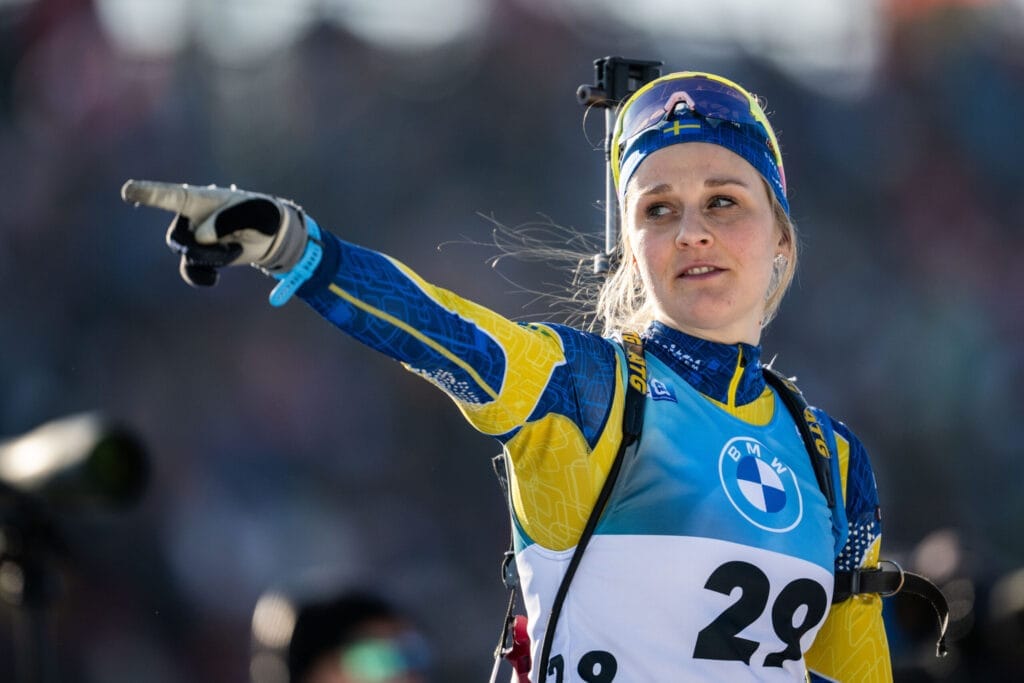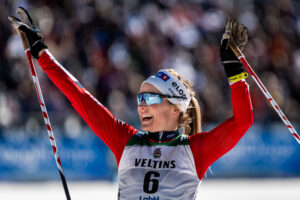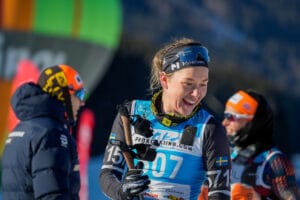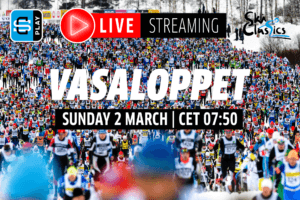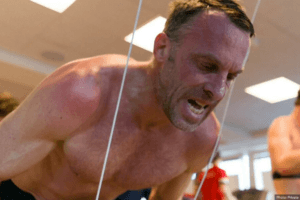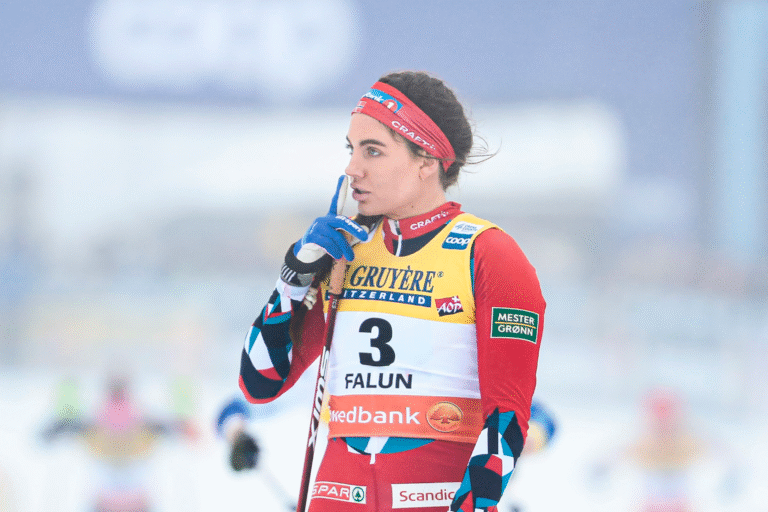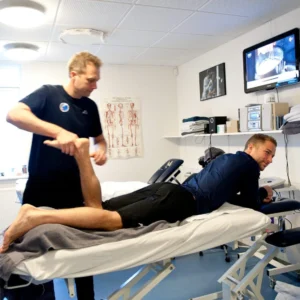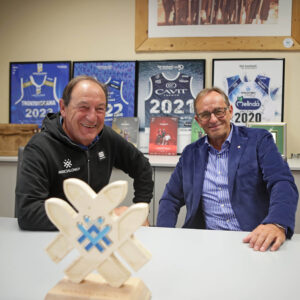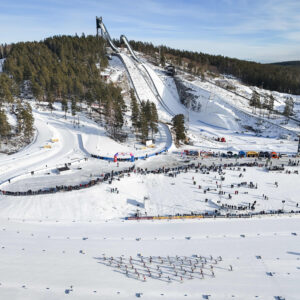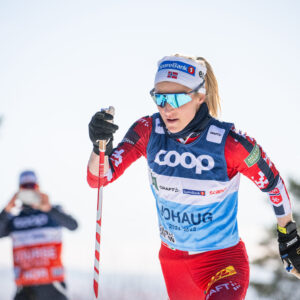Stina and her transition to become a long-distance skier
Stina Nilsson is leaving biathlon and focusing on long-distance races and Ski Classics.
We spoke to, Team Ragde Charge’s Pro Team Director Magnar Dalen, where he tells us about Stina Nilsson’s recruitment, the upcoming training program, the biggest concerns before the change and which race in the Ski Classics he thinks suits the new addition best.
Magnar Dalen has a long and very solid track record as a leader in skiing. Among other things, he was the Swedish national coach for five years.
In recent years he has been Pro Team Director of Team Ragde Charge, and the professional Norwegian team that has now recruited Stina Nilsson.
Also Read: Stina Nilsson joins the Ski Classics circuit
On Tuesday it was announced that Nilsson will race Ski Classics for Team Ragde Charge for the next two seasons:
“It feels very exciting, and neither we nor she knows how this will end. But that’s the excitement of sport. You don’t know what the outcome will be. But we have followed Stina and of course seen her great success as a cross-country skier, and we are constantly looking for talent for our team. We also know that there is a lot of work to be done before you are a full-fledged top-6 skier. It’s clear that the women’s Ski Classics has developed enormously over the last ten years. It is not a game to throw yourself in there. If you look at Marit Bjørgen, for example, she came second at Vasaloppet, but she put in a lot of work to get there,” says Dalen to Langd.se.
Stina Nilsson has focused on biathlon in recent seasons; which is skating and clearly shorter races than what is now waiting, how will that transition be?
“It’s clear that there will be a change in the training program, but she is experienced and well trained from both the national ski team and the biathlon team, so she has a good idea of training and how her body works. Then we leaders and other athletes must support her along the way. And that will happen starting during the first camp at the end of May. Then we will, among other things, work with on technical aspects and other things that she may need help with. But if you look at the technique of double pole, it is very reminiscent of the third gear in skating; to get up on the “high hip” so I think it will come quickly and naturally once she starts. Then I’m more worried about the risk of injury to arms, back or wrists. There it is important to be smart in the transition.”
Who will be her coach?
“She will mainly do her own training, and as I said, she is experienced and has a very good knowledge of her body. We want independent skiers, but also skiers who cooperate with each other. Then we run joint training camps. And me and Anders and Jørgen (Aukland) have a lot of experience and have seen many skiers who have taken the step to long-distance races, so we will of course provide tips and advice,” says Magnar Dalen.
Are you thinking of an approach where Stina will “grow into” the long-distance race and race against, for example, the Green Sprint bib during the first season?
“No, we will work with her to become an allrounder; that is, the most important thing is the finish line, not, for example, the sprints on the road. So now it’s about doing the work up to there, and we use the SkiErg (double poling machine) a lot in training and we will see how she is doing. But the real answers will come when she starts competing.”
Two of her strengths as a sprinter were her sprinting skills and her tactical mind; will she benefit from these in the long races as well?
“I think so, absolutely. But then you have to be aware that being tactically skilled and fast when you’ve been skiing for three hours is completely different from being so after three minutes. But Stina has a number of good qualities as a skier; she has been training for many years, which is important. Then a lot is up to her motivation and will to move forward, and the team will be there to support her,” says Dalen.
Finally, which race in Ski Classics do you think suits Stina best?
“I hope for Vasaloppet. But I believe in Marcialonga. Why is that? The start of the race is 13km uphill, but not “too steep”. Then it’s easy going for a long time, which we think suits her big gear. And then the finish is all about stubbornness, and we think and hope she has a lot of that,” Dalen says with a laugh.
Also Read – Stina Nilsson: The journey to Ski Classics
